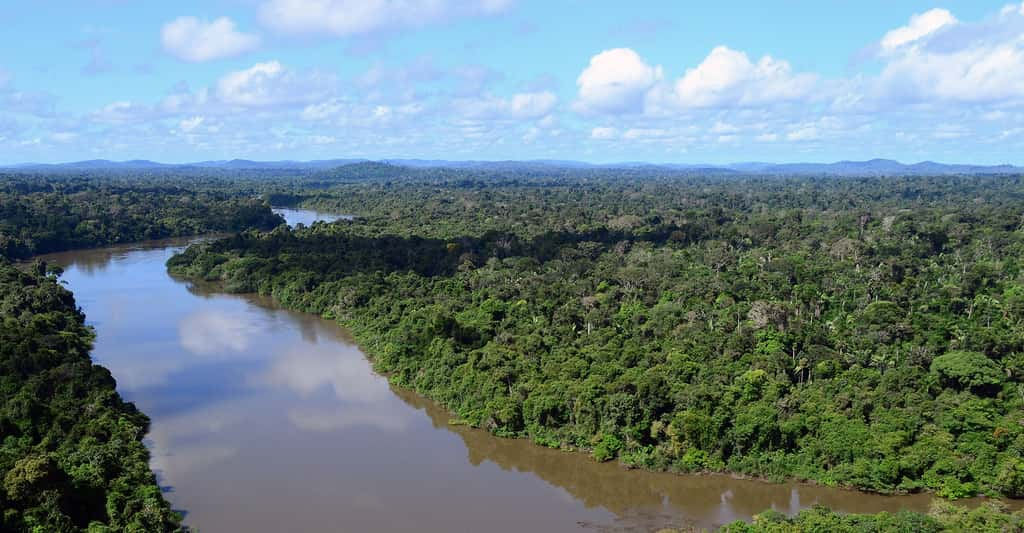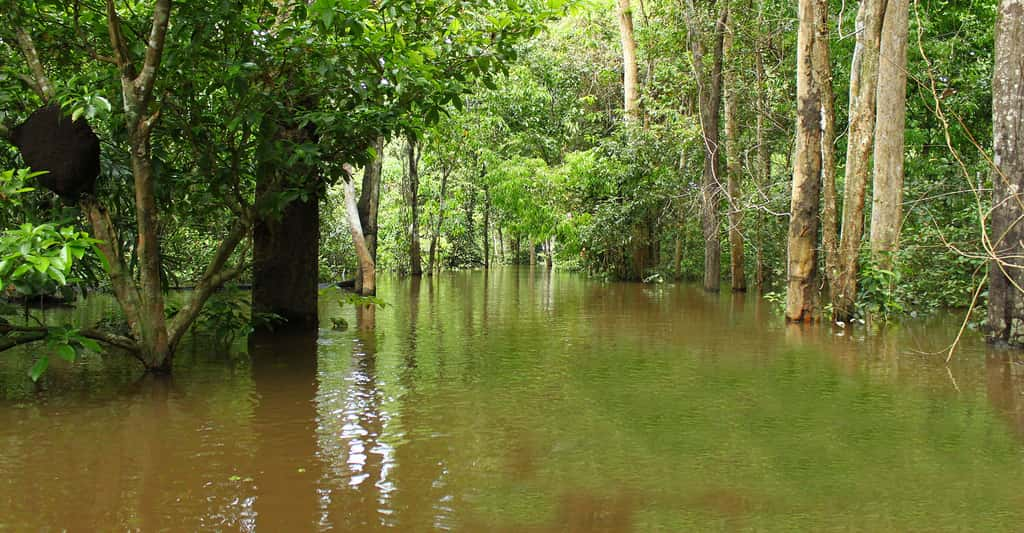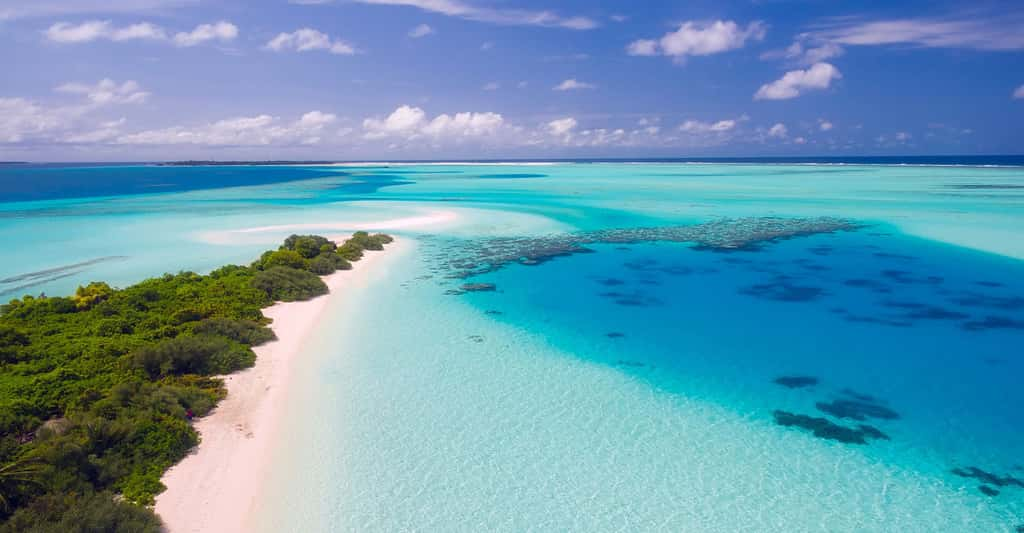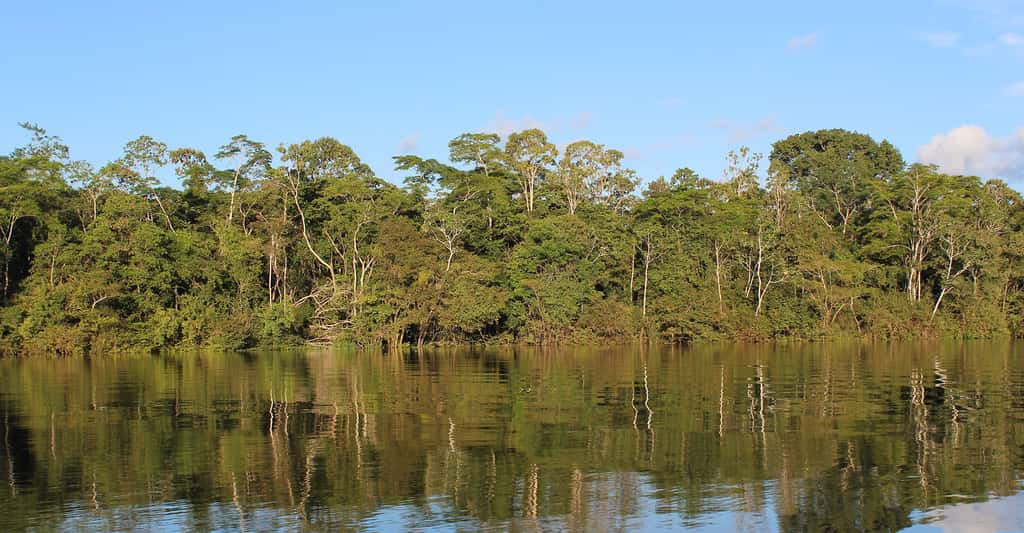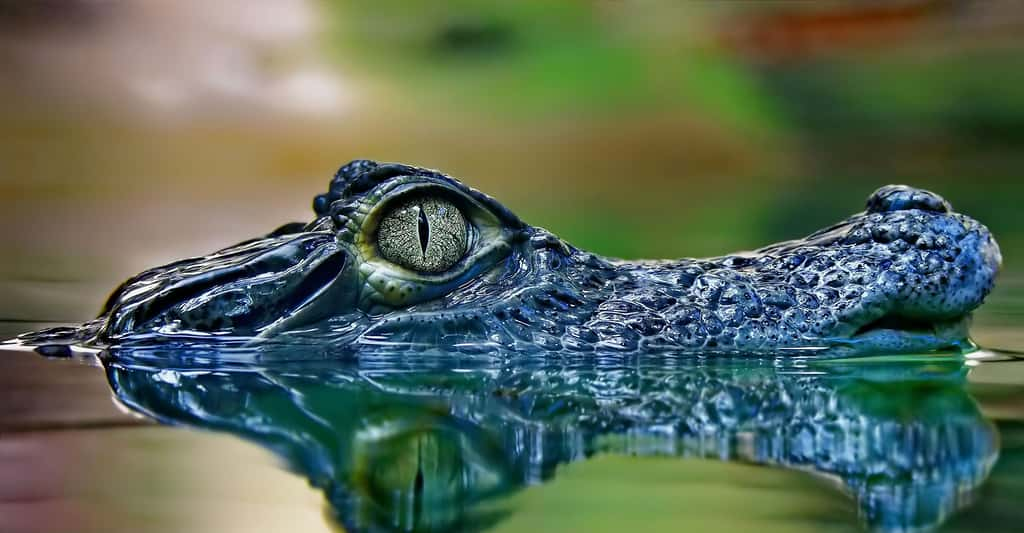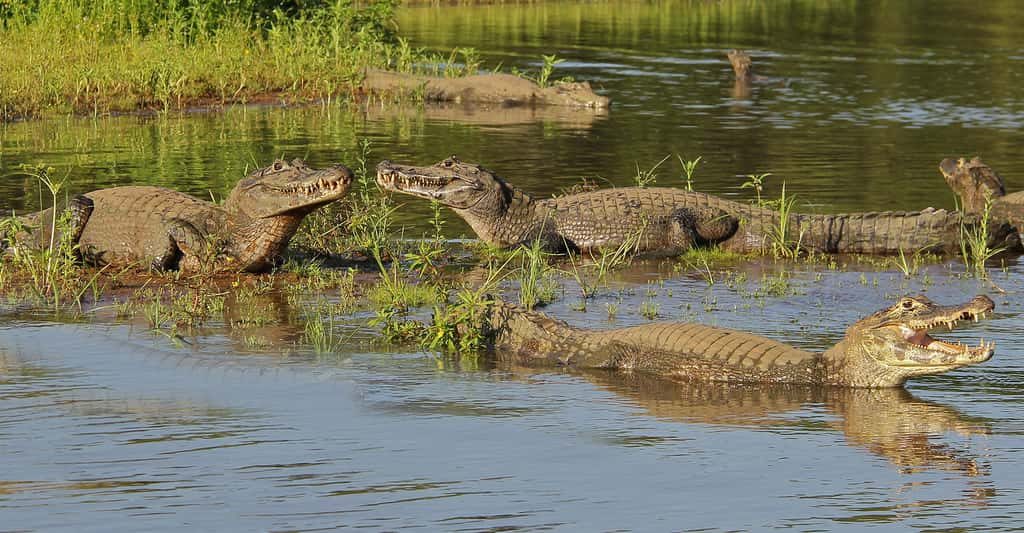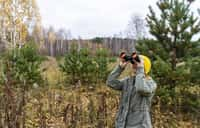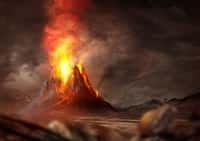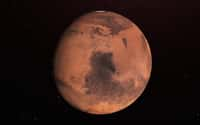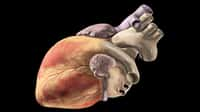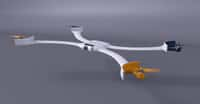au sommaire
Les données ramenées par l'Expédition Fitzcarrald sont nombreuses et en cours d'analyse. Elles font déjà l'objet de publications en préparation, et confirment que l'environnement de la Mer Pebas en bordure des Andes a constitué un fantastique habitat déterminant pour le développement de la biodiversitébiodiversité amazonienne.
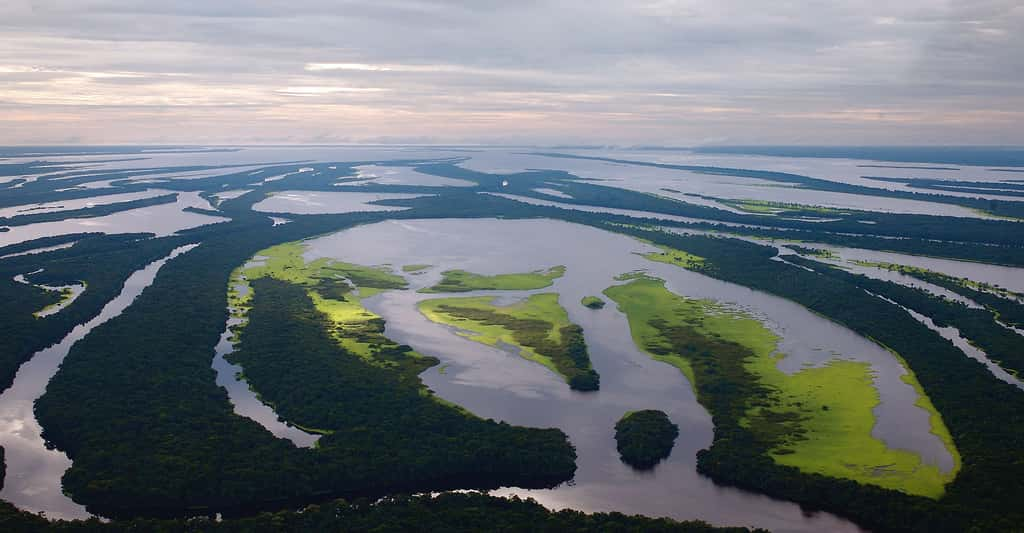
- Sur InternetInternet :
- LMTG (Toulouse), http://www.lmtg.obs-mip.fr/index.php
- Museo de Historia Natural de Lima (UNMSM)
http://museohn.unmsm.edu.pe/opciones/historia/historia.htm
- Museum National d'Histoire Naturelle
http://www.mnhn.fr/museum/foffice/transverse/transverse/accueil.xsp
Voir également sur le thème :
Antoine, P-O., De Franceschi, D., Flynn, J., Nel, A., Baby, P., Benammi, M., Calderón, I., Espurt, N., Goswami, A., and Salas-Gismondi, R.. Amber from western Amazonia reveals Neotropical diversity during the middle Miocene. PNAS, publication en ligne, semaine du 28 août 2006 (http://www.pnas.org).
Hoorn, C., 1993. Marine incursions and the influence of Andean tectonics on the Miocene depositional history of northwestern Amazonia: results of a palynostratigraphic study. Palaeogeogr. Palaeoclimatol. Palaeoecol., 105, 267-309.
Matthiessen, P., 1961. The Cloud Forest. Ballantine Walden Editon. 287p.
Räsänen, M.E., Linna, A.M., Santos, J.C.R. and Negri, F.R., 1995. Late Miocene tidaltidal deposits in the Amazonian foreland basin. Science, 269, 386-390.
Roddaz, M., Baby, P., Brusset, S., Hermoza, W. and Darrozes, J.M., 2005. Forebulge dynamics and environmental control in Western Amazonia: The case study of the Arch of Iquitos (Peru). Tectonophysics, 399, 87-108.
Wesselingh, F.P., Räsänen, M.E., Irion, G., Vonhof, H.B., Kaandorp, R., Renema, W., Romero Pittman, L. and Gingras, M., 2002. Lake Pebas: a palaeoecological reconstruction of a Miocene, long-lived lake complex in western Amazonia. Cainozoic Res., 1 (1-2) (2001), 35-81.

